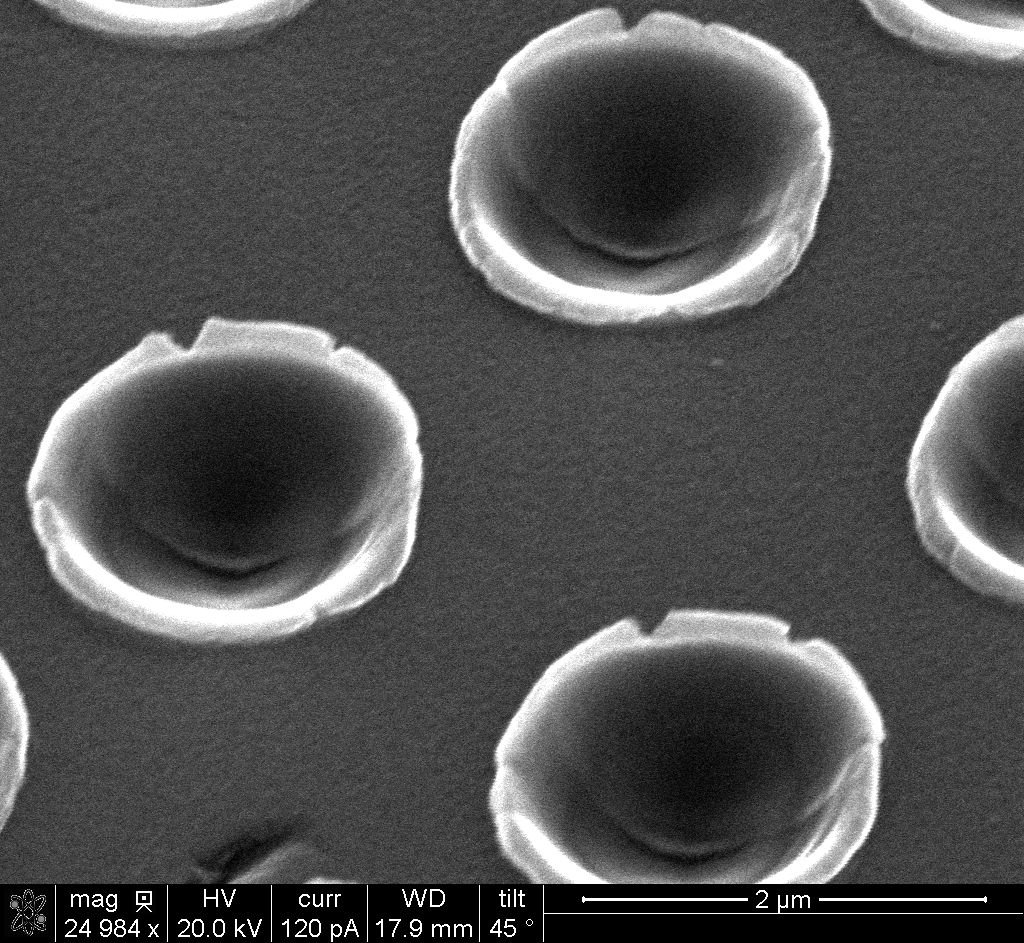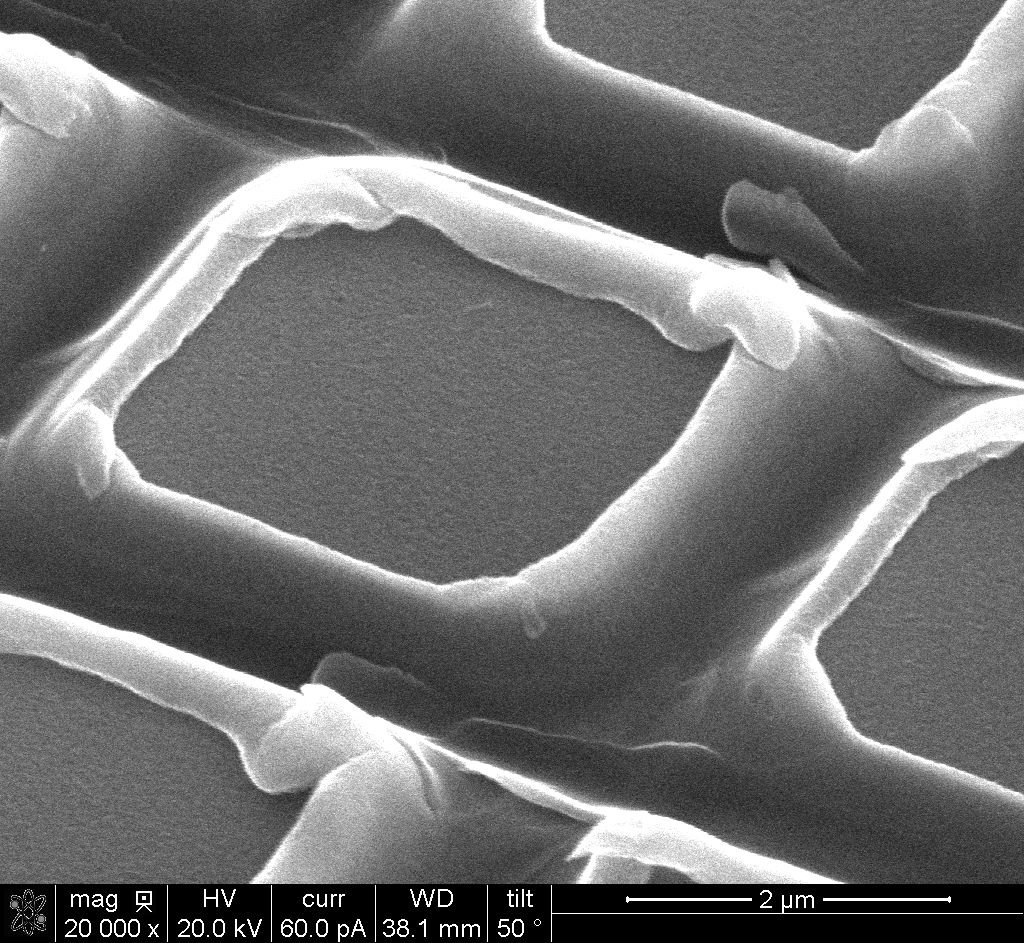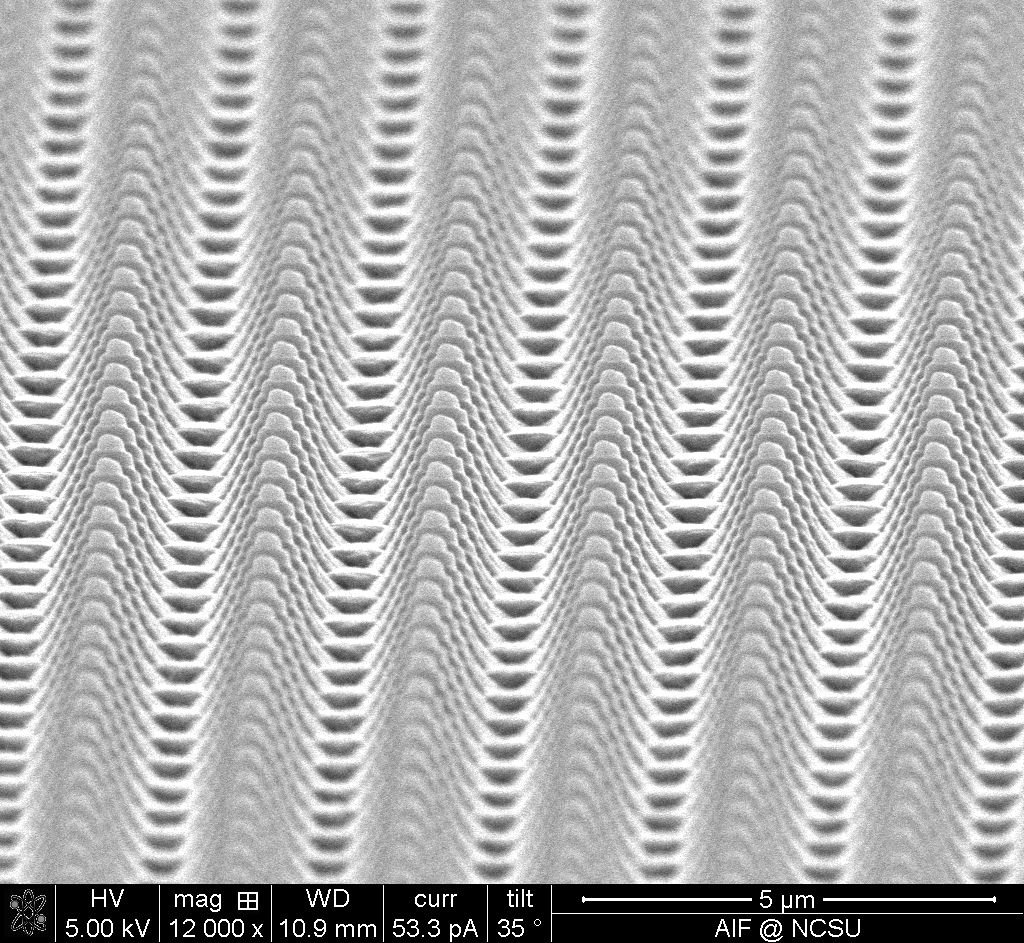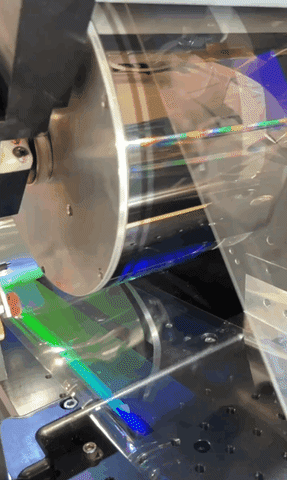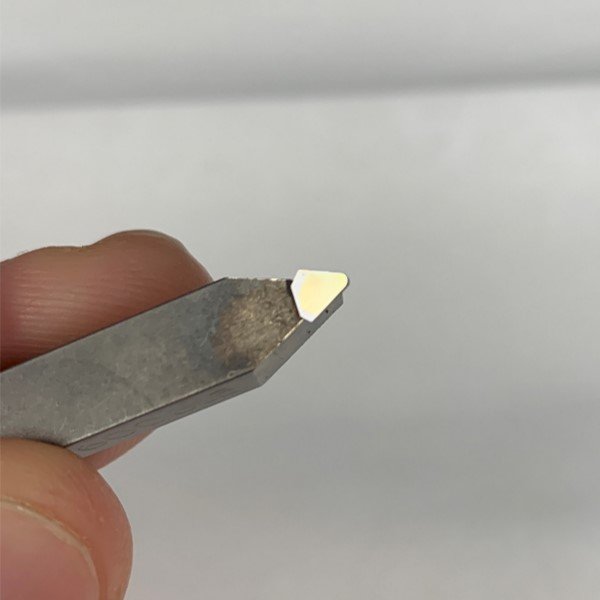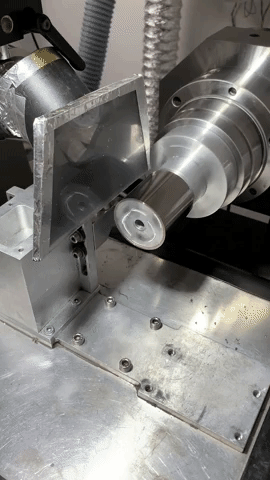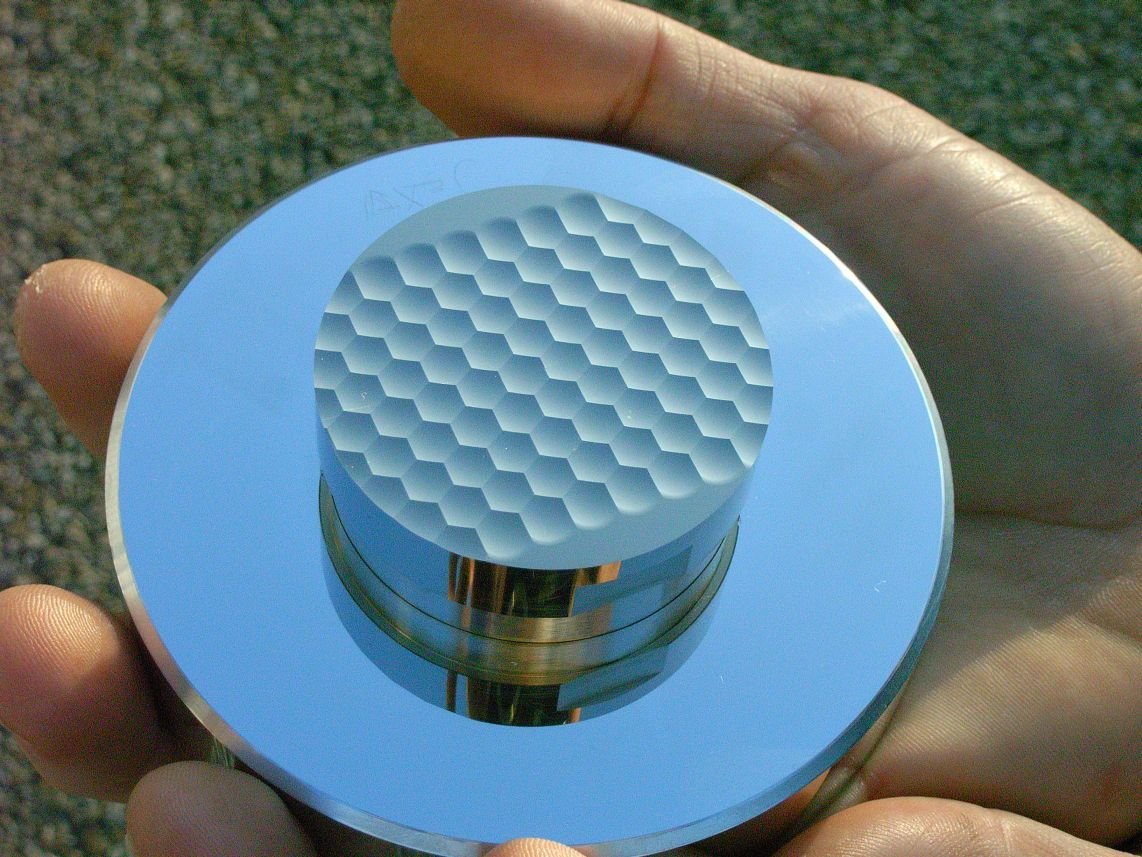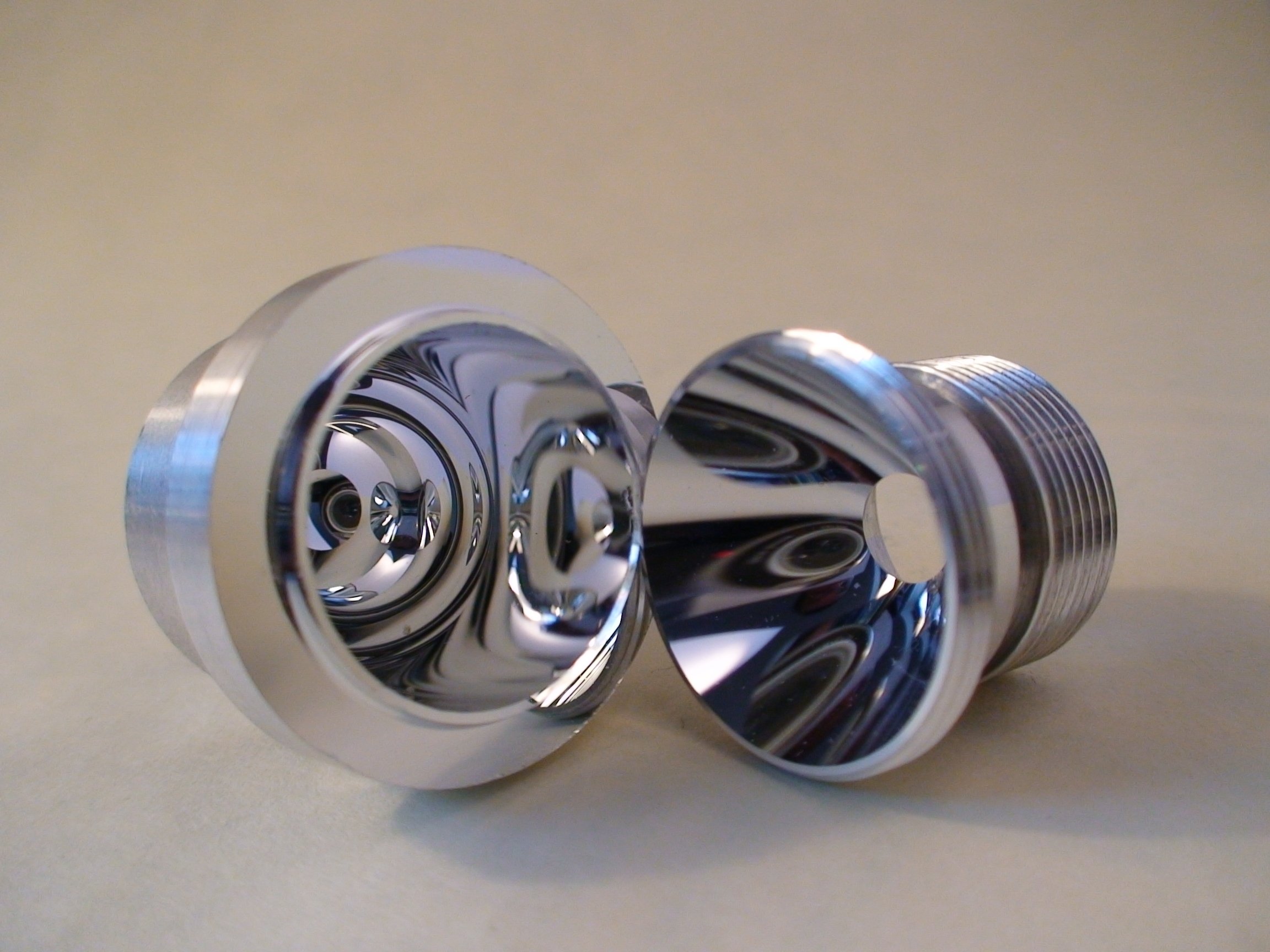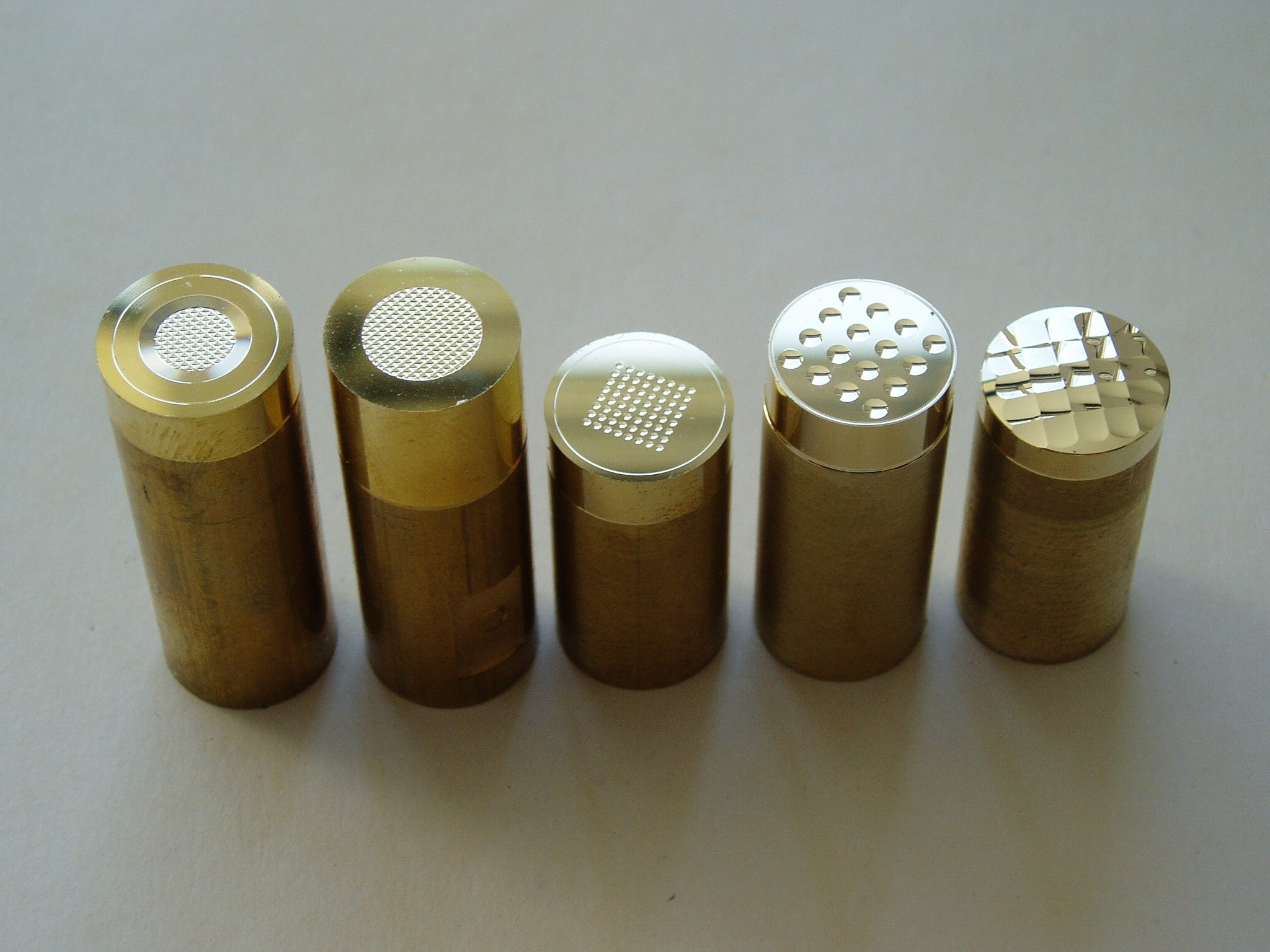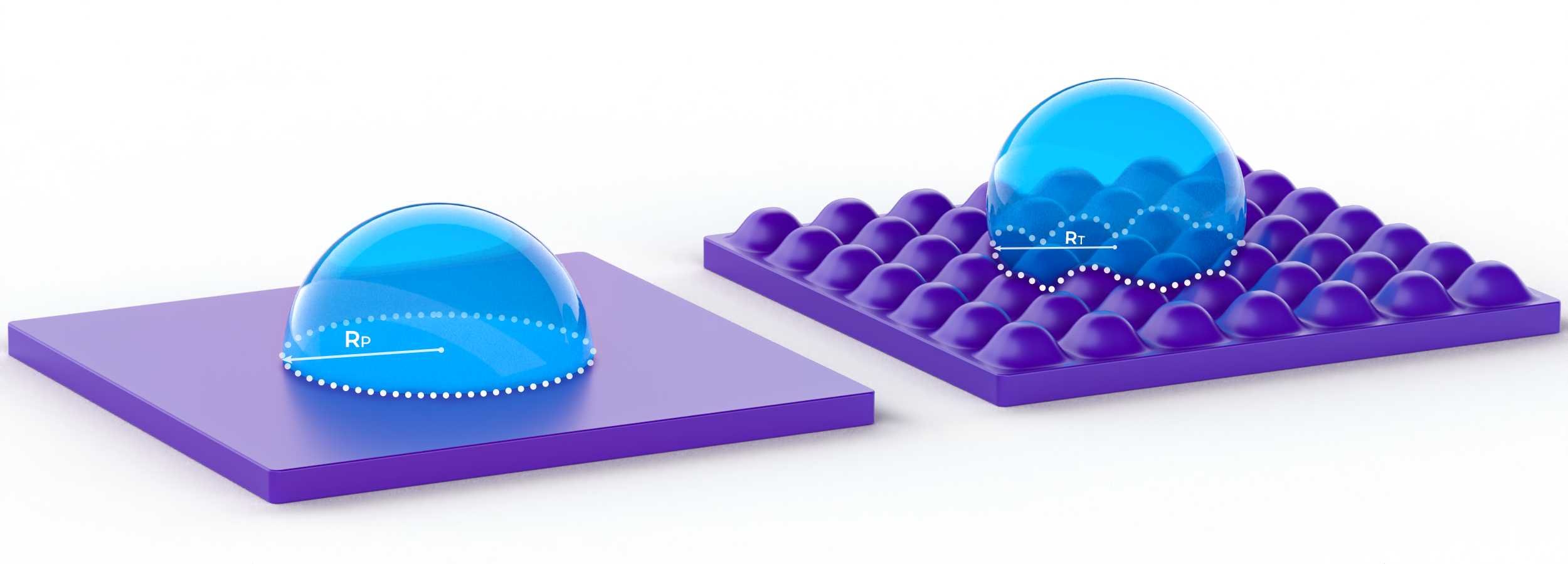Smart Material Solutions continues to grow! In the last nine months, we’ve made a significant breakthrough in our efforts to fabricate large-area metamaterials for the Army, demonstrated a unique structure to enhance the performance of flexible solar panels, and found our work on the cover of ACS Applied Materials and Interfaces!
Our industrial partnerships are expanding alongside our federally funded research, and we’re steadily growing our team of employees and partners along with our portfolio of IP. In the past year, a greater percentage of our funding has come from the private sector than ever before.
Metamaterial fabrication enabled by cylindrical photomasks
Metamaterial fabrication involves structuring a material to give it valuable properties beyond those of the bulk material. To this end, we recently fabricated a seamless, cylindrical photomask for roll-to-roll (R2R) photolithography to create plasmonic metamaterials with nanoscale patterns that give rise to extraordinary optical properties.
The images below show a photo of a 6-inch diameter seamlessly patterned cylindrical photomask (A), an optical microscopy image with light transmitting through the photomask’s holes (B), and an SEM image of a polymer replica of the mold’s surface (C). SMS partner MicroContinuum, Inc. will soon use this mold to pattern a plasmonic metamaterial absorber film for our Phase II SBIR project with the Army.
The US Army SBIR office invited our team to submit a Sequential Phase II STTR proposal to continue this exciting work. We proposed creating a series of large-area infrared metamaterials for testing with MicroContinuum and Professor Mark Mirotznik’s group at the University of Delaware.
Self-cleaning, light-trapping nanopatterned coatings for solar panels
As winners of the Army’s XTech Clean Tech competition, we were awarded a Phase I SBIR to add light-trapping, self-cleaning coatings to solar panels. Our unique hierarchical pattern combines nanoscale moth-eye features and microlenses to both increase power output of the solar panel and prevent the buildup of dust, dirt, and grime that can block incoming light.
The figure below shows SEM of the hierarchical pattern (A), SEM of a seam between a smooth (left) and a hierarchical (right) pattern with substantially more dust adhered to the smooth film (B), and the short-circuit current of two prototype solar cells in outdoor conditions. The solar cell with a hierarchical coating (left) produces more current than the cell without a coating (right). We’re now working on a Phase II SBIR proposal with MicroContinuum, Inc. and PowerFilm, Inc.
Cover article on dust-mitigating surfaces
Our NASA-funded work on dust-mitigating surfaces with Professor Chih-Hao Chang’s group at UT Austin was recently featured in a cover article in ACS Applied Materials & Interfaces. This paper discusses how our nanopatterns can decrease the adhesion of Lunar dust by over 90% compared to smooth surfaces of the same material.
Other Announcements
Stephen Furst presented our novel patterning process at the SPIE Advanced Patterning and Lithography conference in San Jose.
Check out our recent blog posts on nanoscale features for antimicrobial surfaces, solar panels, and motheye anti-reflective coatings as well as our article on solar panels in the Nanotechnology World Association’s February magazine!





















